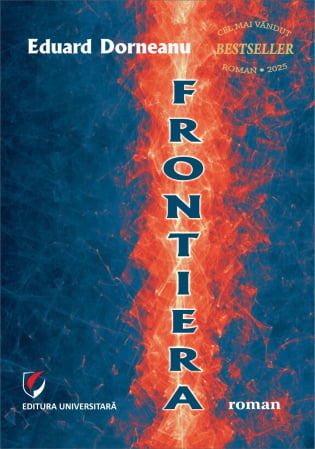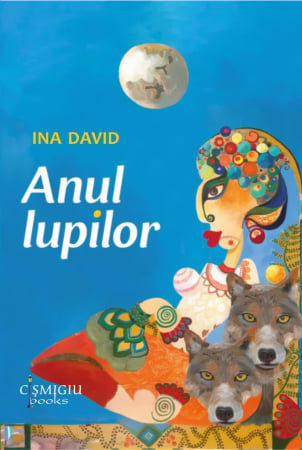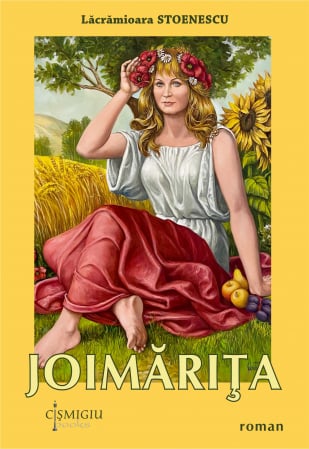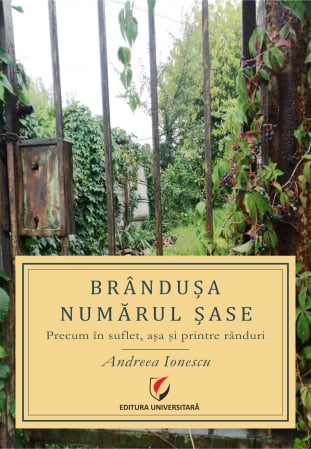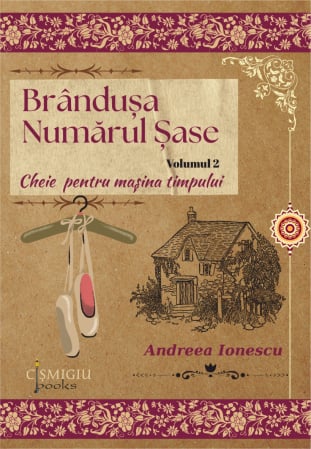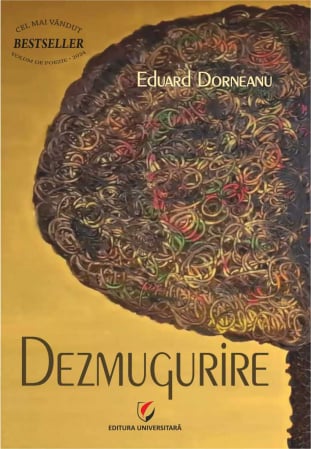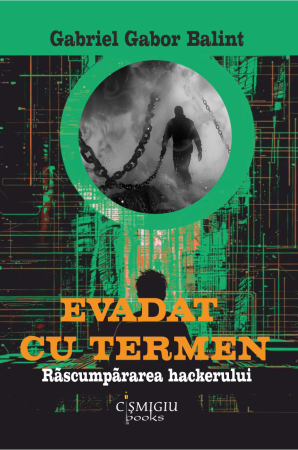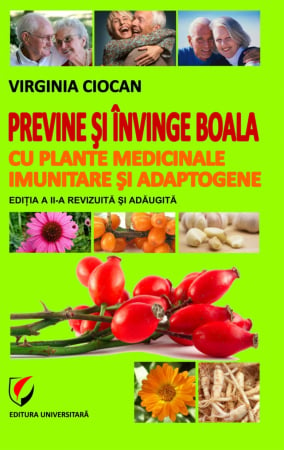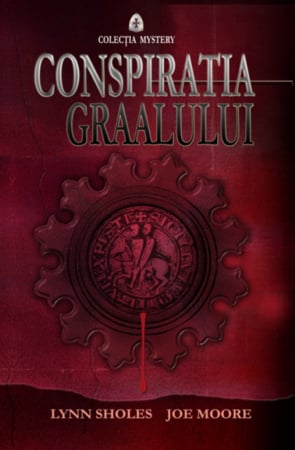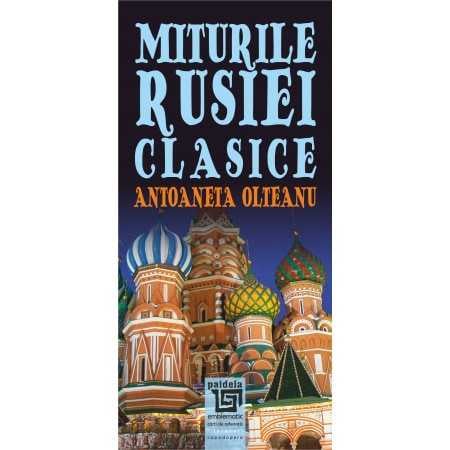Manuscript proposals: [email protected] / 0745 204 115 //// Tracking orders Individuals / Sales: 0745 200 357 / Orders Legal entities: 0721 722 783
Publisher: Editura Universitară
Author: Andrei Breaban
Edition: revised and completed
Pages: 476
Publisher year: 2024
ISBN: 978-606-28-1899-9
Product Code:
9786062818999
Do you need help?
0745 200 357
- Description
- Authors
- Content
- More details
- Reviews (0)
In this second novel in the Stephenian Epic. Knights of the Cross, entitled Parallel Lords, Stephen the Great is a secondary character, absent from the narrative after the assassination of his father, a presence in absence, as they say; however, Stephen is a character in the memory of some boyars or soldiers who remember Bogdan's son, 15 years old, saved from the massacre at Reuseni, taking refuge at the court of Iancu of Hunedoara; then, some "heard" that the teenager, who had gone through the nightmare of his father's beheading at the wedding at Reuseni, had gone to Mount Athos to become a monk or had been sent by Iancu to the West, to learn the craft of weapons and the art of war.
Andrei Breabăn, who tirelessly pursues his extensive epic project, paints a fresco of Moldova in the fifties of the 15th century, which still lives under the memory of the brilliant reign of Alexander the Good and of a short period of relative stability and prosperity, during the reign of Bogdan Vodă, until his assassination in Reuseni by his brother, Petru Aron (Călugărul), in a plot hatched by his "old man", Bratu, an exponent of the boyar group that always remained the destabilizing factor of the reigns of the time. At the same time, Andrei Breabăn leads the plot of his novel to Suceava, Bacău, Budapest, Hunedoara, Constantinople, Hotin and Camenița, in Prussia, Poland and Slovakia today, creating an epic synthesis of the era, in its complexity, in a Europe that lost Byzantium and looks anxiously at the rise of Mahomet II.
Ioan Holban
Andrei Breabăn, who tirelessly pursues his extensive epic project, paints a fresco of Moldova in the fifties of the 15th century, which still lives under the memory of the brilliant reign of Alexander the Good and of a short period of relative stability and prosperity, during the reign of Bogdan Vodă, until his assassination in Reuseni by his brother, Petru Aron (Călugărul), in a plot hatched by his "old man", Bratu, an exponent of the boyar group that always remained the destabilizing factor of the reigns of the time. At the same time, Andrei Breabăn leads the plot of his novel to Suceava, Bacău, Budapest, Hunedoara, Constantinople, Hotin and Camenița, in Prussia, Poland and Slovakia today, creating an epic synthesis of the era, in its complexity, in a Europe that lost Byzantium and looks anxiously at the rise of Mahomet II.
Ioan Holban
If you want to express your opinion about this product you can add a review.
write a review

6359.png)
![Parallel reigns [1] Parallel reigns [1]](https://gomagcdn.ro/domains/editurauniversitara.ro/files/product/large/cavalerii-crucii-volumul-2-domnii-paralele-andrei-breaban-272875.jpg)
![Parallel reigns [2] Parallel reigns [2]](https://gomagcdn.ro/domains/editurauniversitara.ro/files/product/large/cavalerii-crucii-volumul-2-domnii-paralele-andrei-breaban-325382.jpg)
![Parallel reigns [0] Parallel reigns [0]](https://gomagcdn.ro/domains/editurauniversitara.ro/files/product/medium/cavalerii-crucii-volumul-2-domnii-paralele-andrei-breaban-272875.jpg)
![Parallel reigns [1] Parallel reigns [1]](https://gomagcdn.ro/domains/editurauniversitara.ro/files/product/medium/cavalerii-crucii-volumul-2-domnii-paralele-andrei-breaban-325382.jpg)
